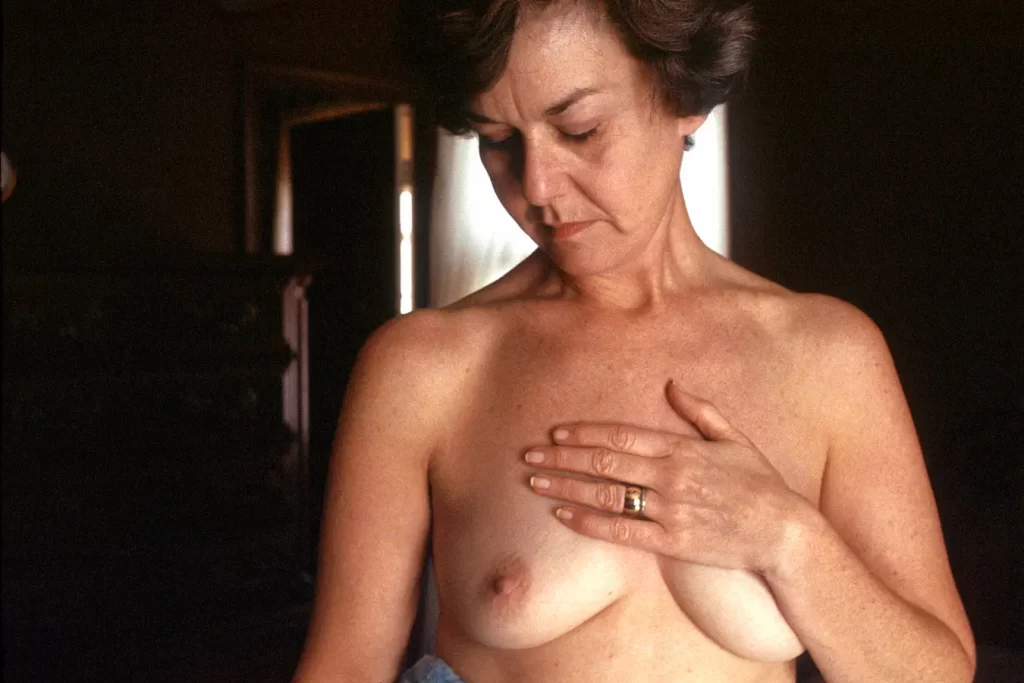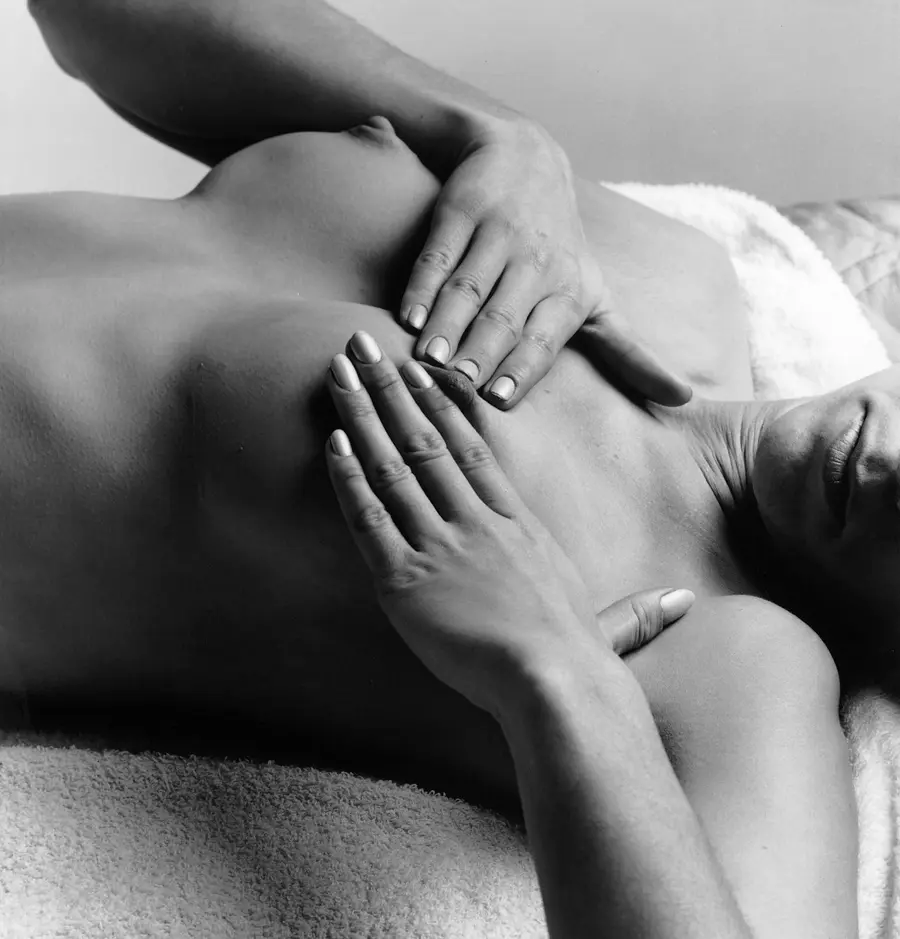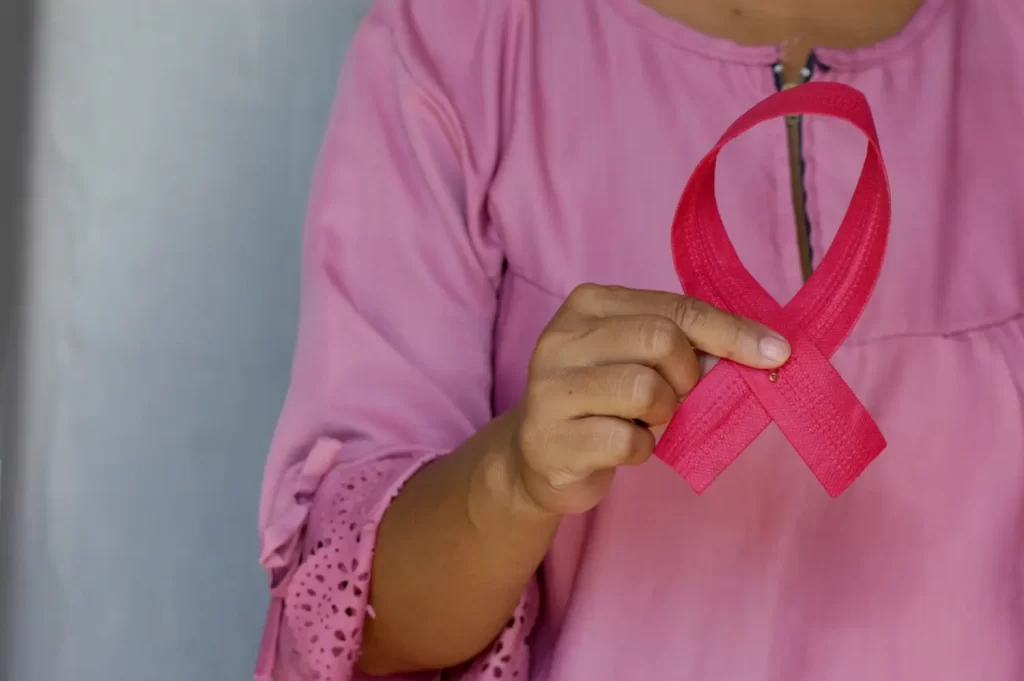Breast Cancer Awareness Month: The Importance of Early Detection and Self-Exams
October is Breast Cancer Awareness Month, a time dedicated to raising awareness about the impact of breast cancer and the importance of early detection. This annual campaign encourages women and men to take proactive steps in understanding their health and to support those affected by breast cancer.
Why Awareness Matters
Breast cancer is one of the most common cancers worldwide. Earlier detection improves opportunity for successful treatment and outcomes. Awareness campaigns during this month help spread information about preventive measures, early symptoms, and the importance of regular screenings.
The Importance of Self-Exams
While mammograms are the gold standard for early detection, monthly breast self-exams are also crucial. Self-exams help you know how your breast typically look and feel so you can quickly identify any changes. Though not a substitute for regular mammograms, self-exams are a simple, no-cost tool to catch any unusual changes early.
What to Look for:
- A lump or thickening in the breast or underarm area
- Changes in the size, shape, or appearance of the breast
- Redness, dimpling, or skin irritation
- Nipple discharge (other than breast milk)
- Pain in any part of the breast
How to Perform a Breast Self-Exam

Step 1:
Stand shoulders straight with hands on hips in front of a mirror. LOOK at your breast. Study them. Look for changes from their usual size, shape, and color. Are they evenly shaped without visible distortion or swelling? If you see any of the following changes: dimpling, puckering, or bulging of the skin, a nipple that has changed position or an inverted nipple (pushed inward instead of sticking out), redness, soreness, rash, or swelling, have your breast examined.

Step 2:
Raise your arms and look for the changes.

Step 3:
While you’re in the mirror, look for any signs of fluid coming out of one or both nipples (this could be a watery, milky, or yellow fluid or blood).

Step 4:
Feel your breasts while lying down, using your right hand to feel your left chest and then your left hand to feel your right breast. Use a firm, smooth touch with your hand’s first few finger pads, keeping the fingers flat and together. Use a circular motion about the size of a quarter. Cover the entire breast top to bottom, side to side—from your collarbone to the top of your abdomen and from your armpit to your cleavage. Follow a pattern to be sure that you cover the whole breast. You can begin at the nipple, moving in larger and larger circles until you reach the outer edge of the breast. You can also move your fingers up and down vertically, in rows, as if you were mowing a lawn. This up-and-down approach works best for most women. Be sure to feel all the tissue from the front to the back of your breasts: for the skin and tissue just beneath, use light pressure; use medium pressure for tissue in the middle of your breasts; use firm pressure for the deep tissue in the back. When you’ve reached the deep tissue, you should be able to feel down to your ribcage.

Step 5:
Finally, feel your breasts while you are standing or sitting. Many women find that the easiest way to feel their breasts is when their skin is wet and slippery, so they like to do this step in the shower. Cover your entire breast using the same hand movements described in step 4.
When to See a doctor
If you notice any unusual changes during your self-exam, schedule an appointment for evaluation. It’s important to remember that not all changes indicate cancer, but only a professional can assess your condition thoroughly.
Regular Screenings
In addition to self-exams, women over the age of 40 (or younger if they have a family history of breast cancer) should talk to their healthcare provider about regular mammograms. Early detection saves lives!
This Breast Cancer Awareness Month, take charge of your health. Spread the word, encourage others to get screened, and remember the importance of early detection.
Photos credits: National Cancer Institute Visuals Online



